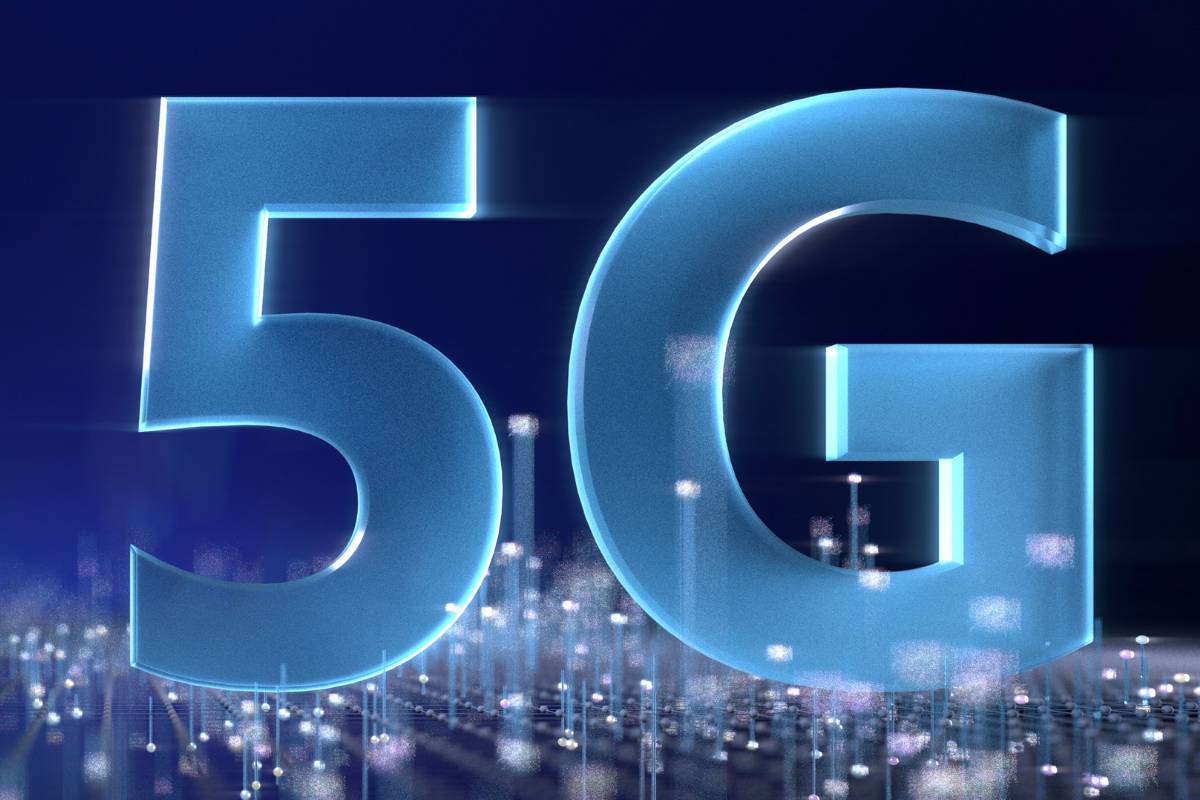
India is all set for the auction and allocation of the 5G spectrum this year as the process has been initiated by the regulatory authority. The Satcom Industry Association (SIA-India) has said in a statement on Wednesday that the branching out of the satellite bands for the upcoming 5G auction is potentially going to cause a huge $184.6 billion loss to the country. SIA-India also stated that it will result in Indian citizens not receiving the benefits of high-demand, advanced satellite broadband services and risk lost GDP increases per annum to India’s economy of up to $184.6 billion by 2030.
Recommendations from SIA-India
SIA-India is representing body for satellite operators, satellite systems, launch vehicles and ground and terminal equipment manufacturers. The international trend for identifying the best possible use of the spectrum is rationally planning the spectrum used for different applications to scrutinise the alternative uses. The Director-General of SIA-India Anil Prakash said in a statement that it is crucial to recognise the current scenario in terms of spectrum supply and demand, which will help in implementing more balanced spectrum auctions.
There have been several reports that suggest the initiation of a 5G spectrum auction in India in 2022. The Telecom Regulatory Authority of India has also informed the Department of Telecommunications (DoT) about the submission of 5G spectrum pricing in March 2022. This hints towards a timeline of July-August this year for the auctions to happen.
SIA-India talked about the loss of the C-band spectrum in the 3.6-3.67 GHz band and how it could impact the ecosystem of the entire Rs 700 billion Indian broadcasting industry. The association also said that it is crucial that the 5G advances should not be limited to terrestrial networks. SIA-India also requested TRAI in its submitted report to include the mmWave spectrum in one of the internationally coordinated 24.25-27.5 GHz spectrum only in any of the 5G/IMT auctions.
In its argument, SIA-India mentioned that the three private telecom operators account for about 90% of the market, which would result in them securing 80-90 MHz. This will leave the government-owned operators with 30-60 MHz which makes the remainder of the market. SIA India also said in its report that providing excess spectrum for 5G enhances the risk of the spectrum being unsold or maybe underutilised by terrestrial providers at the cost of other providers such as Satellite Operators.
Thus, it is crucial to ensure that 5G operations undertaken in the country do not cause hindrance to the services provided by existing satellite operations in any way. Otherwise, it could result in massive regulatory failure for India and even loss of potential economic opportunities.















